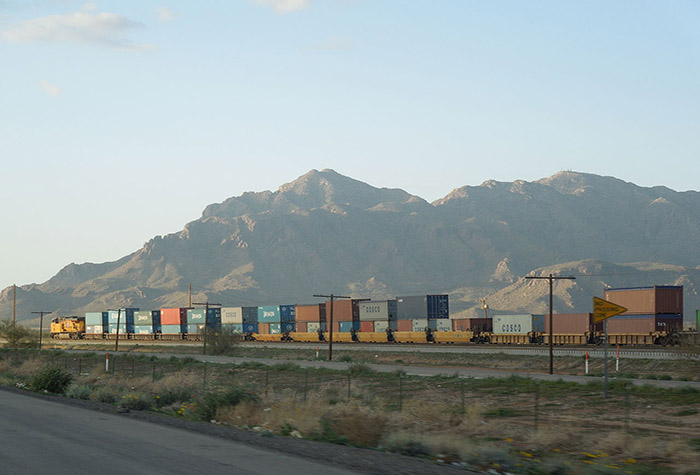US intermodal volume growth hits fastest pace in months
Reynolds Hutchins, Associate Editor | Aug 26, 2015 4:28PM EDT

Last week U.S. intermodal volume growth hit its fastest pace in roughly two months.
U.S. intermodal traffic for the week ending Aug. 22 rose 5 percent year-over-year, hitting 278,972 units, according to the Association of American Railroads, the largest U.S. rail lobby. It’s the best growth American railroads have seen in eight weeks, noted Larry Gross, a senior transportation analyst at FTR Associates, on his Twitter account Wednesday.
All of this after U.S. intermodal figures hit a 10-week high just a week prior. U.S. intermodal traffic for the week ending Aug. 15 rose 2.3 percent year-over-year to 276,443 units, according to AAR. That was the most intermodal containers on rail since the week of June 13, when railways moved 283,363 units.
Last week’s figures, Gross added Wednesday, are “just 1 percent below [the] new record.”
An increase in intermodal volumes has accompanied increasing train speeds, an indication of a slow recovery in rail service. Train speeds for the week ending Aug. 22 were not available at press time, but U.S. railroads’ intermodal train speeds were up the week prior: 2.7 percent year-over-year at 30 miles per hour. That places the four-week average somewhere around 29.8 miles per hour, according to Gross.
U.S. railroads, however, still have a long road ahead of them, Gross said.
Six of the seven major Class I railroads in the U.S. and Canada reported intermodal growth in second-quarter volume, but that growth has been decelerating. It’s a list that includes CSX Transportation, Canadian National Railway, CP, Norfolk Southern Railway, Union Pacific Railroad and Kansas City Southern Railway.
Service reliability, alongside plummeting fuel prices, have been pegged as some of the reasons shippers have been recently opting for the highways over rails, resulting in slower intermodal conversion.
Railway executives, however, maintain they are winning back that business and producing organic growth, as well. Industry analysts, including Gross, have said that an improving U.S. economy and tightening truck capacity should bolster rail’s intermodal business in the coming months.
How fast that occurs is up for debate.
Further north, Canadian railroads reported intermodal traffic was up 4.3 percent for the week ending Aug. 22 at 63,884 units. Mexican intermodal traffic for the same week was down 0.9 percent, at 11,642 units.
Total North American intermodal volumes for the week ending Aug. 22 hit 354,498 units, an increase of 4.7 percent year-over-year. North American rail volumes, including carload, for the first 33 weeks of 2015 were down 0.5 percent.
No comments:
Post a Comment